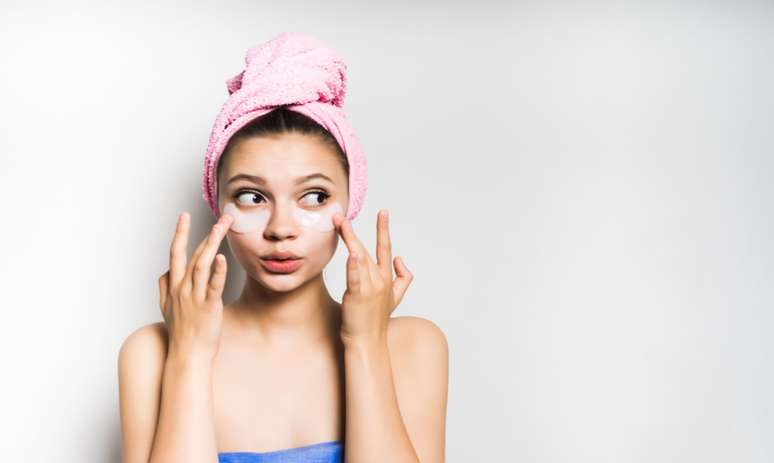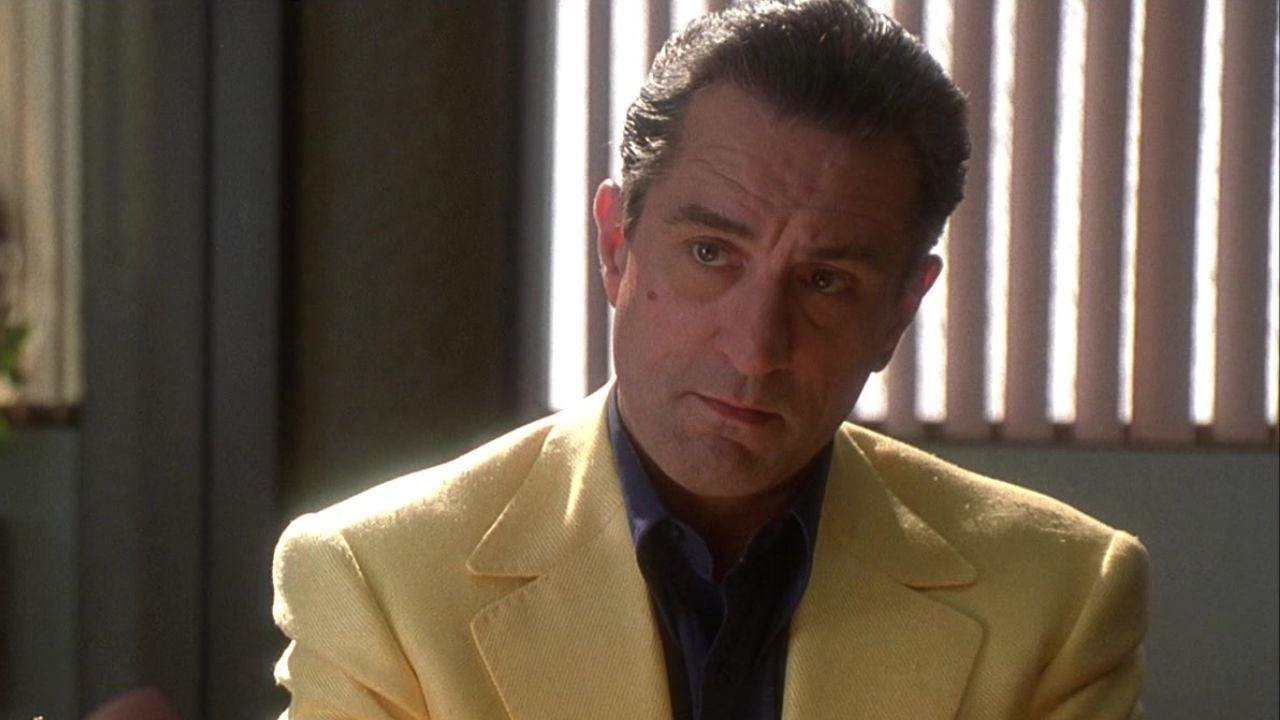The dermatologist explains how to safely paint your face and protect your skin from allergies and irritation on game days

This Monday (28), the second match of the Brazilian team in Qatar World Cupand there are many people who, even at work, never stop painting their faces to support Brazil.
But, although this practice is common among fans, it is important to pay attention to the type of paint used in the painting, such as Inappropriate products can cause skin damageas dermatologist Adriana Vilarinho warned.
“Products not specific for face paint can cause allergies and irritations to the skin and eyes. Signs such as burning, redness and dryness can appear from the first moment of application or even hours later. If proper care is not taken, some paints can cause stains or even scars,” he explains.
According to the specialist, the use of inappropriate products on the skin can still aggravate cases of acne and worsen oiliness🇧🇷 Therefore, you should always use dermatologically tested and specific face paints.
In case of sensitive skin, such as that of children, the dermatologist recommends the use of hypoallergenic paints, which are less aggressive, water-based products. Therefore, they are a safer option when painting your face. Below, you can check out other expert tips that can literally save your skin in these gaming days.
1. Use sunscreen
The skin must be prepared before applying paints with hygiene and the application of sunscreen.
2. Paint your face with suitable objects
The application of paints should be done with soft sponges, brushes and pencils so that they do not damage the skin, avoiding the areas near the eyes.
3. Check the expiration date of the product
The expiration date of the products must be checked.
4. Remove face paint properly
The removal must be done with an alcohol-free make-up remover in the composition with the aid of a cotton ball, always with fluid movements and without rubbing in excess so as not to damage the skin.
5. Wash and moisturize the skin
After removal, it is important to wash with mild facial soap and finally, moisturize the skin.
6. Watch for signs of irritation
Any sign of irritation, redness or the appearance of pellets on the skin, the product should be removed immediately and evaluated by a dermatologist.
Source: Dr. Adriana Vilarinho, dermatologist and member of the Brazilian Society of Dermatology (SBD) and the American Academy of Dermatology (AAD).
🇧🇷The best content in your email for free. Choose your favorite Terra newsletter. Click here!
Source: Terra
Ben Stock is a lifestyle journalist and author at Gossipify. He writes about topics such as health, wellness, travel, food and home decor. He provides practical advice and inspiration to improve well-being, keeps readers up to date with latest lifestyle news and trends, known for his engaging writing style, in-depth analysis and unique perspectives.






![Tomorrow Belongs to Us: What’s in store for Friday 17 October 2025 Episode 2055 [SPOILERS] Tomorrow Belongs to Us: What’s in store for Friday 17 October 2025 Episode 2055 [SPOILERS]](https://fr.web.img5.acsta.net/img/96/95/96957c8eef9a3bd87daf877432629ae3.jpg)

